ONE STEP CLOSER TOWARDS AN INCLUSIVE & ACCESSIBLE LUXURY INDUSTRY
Creative and Style Director: Yann Weber. Photographer: Raffaele Cariou. Producer: Guillaume Folliero de Luna. Models: Justine Asset and Eli Epperson. Hair Stylist: Olivier Schawalder. Makeup Artist: Cécile Paravina.
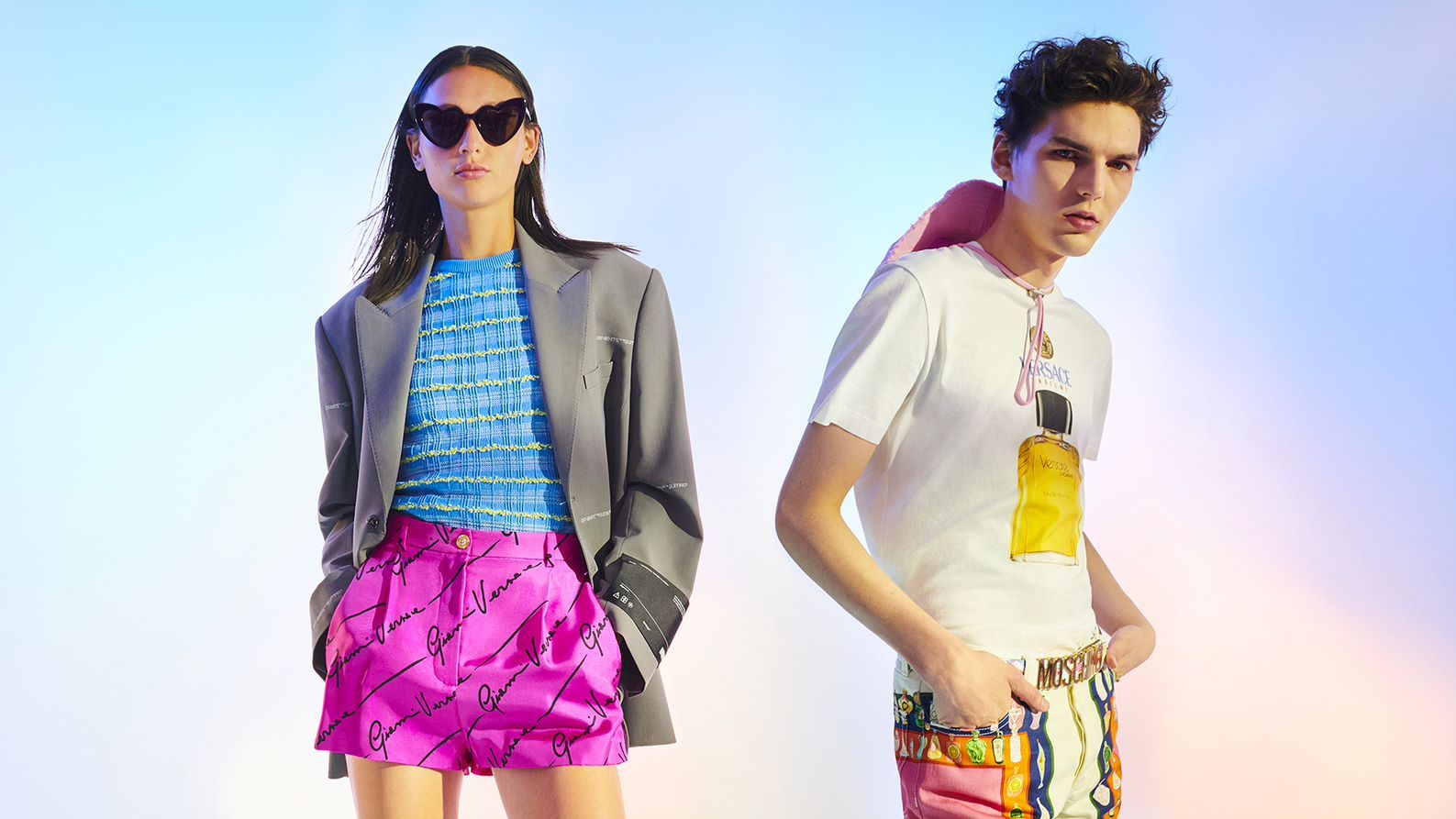
Top in Tweed with tattersall print Multicolour Thom Browne, Shorts print Pink Versace Sunglasses black Saint Laurent
Look on the right:Polo shirt in beige cotton Maison Margiela, Shorts in orange cotton Courrèges, Bag black Alyx
Going back to 1991, when Azzedine Alaïa designed three pieces for Tati free of charge and, in exchange, used the brand's logo to create an entire collection in a dog-tooth print. Produced in red, black, blue and pink, in a multiple, almost pixelated format, this classic gingham-style motif punctuated a T-shirt, espadrilles and a bag signed Alaïa x Tati, an equation unheard of at the time. At the beginning of the 1990s, fashion collaborations didn't exist, even less so between a young designer and a mass-market brand... The Karl Lagerfeld x H&M collection came ten years later in 2004.
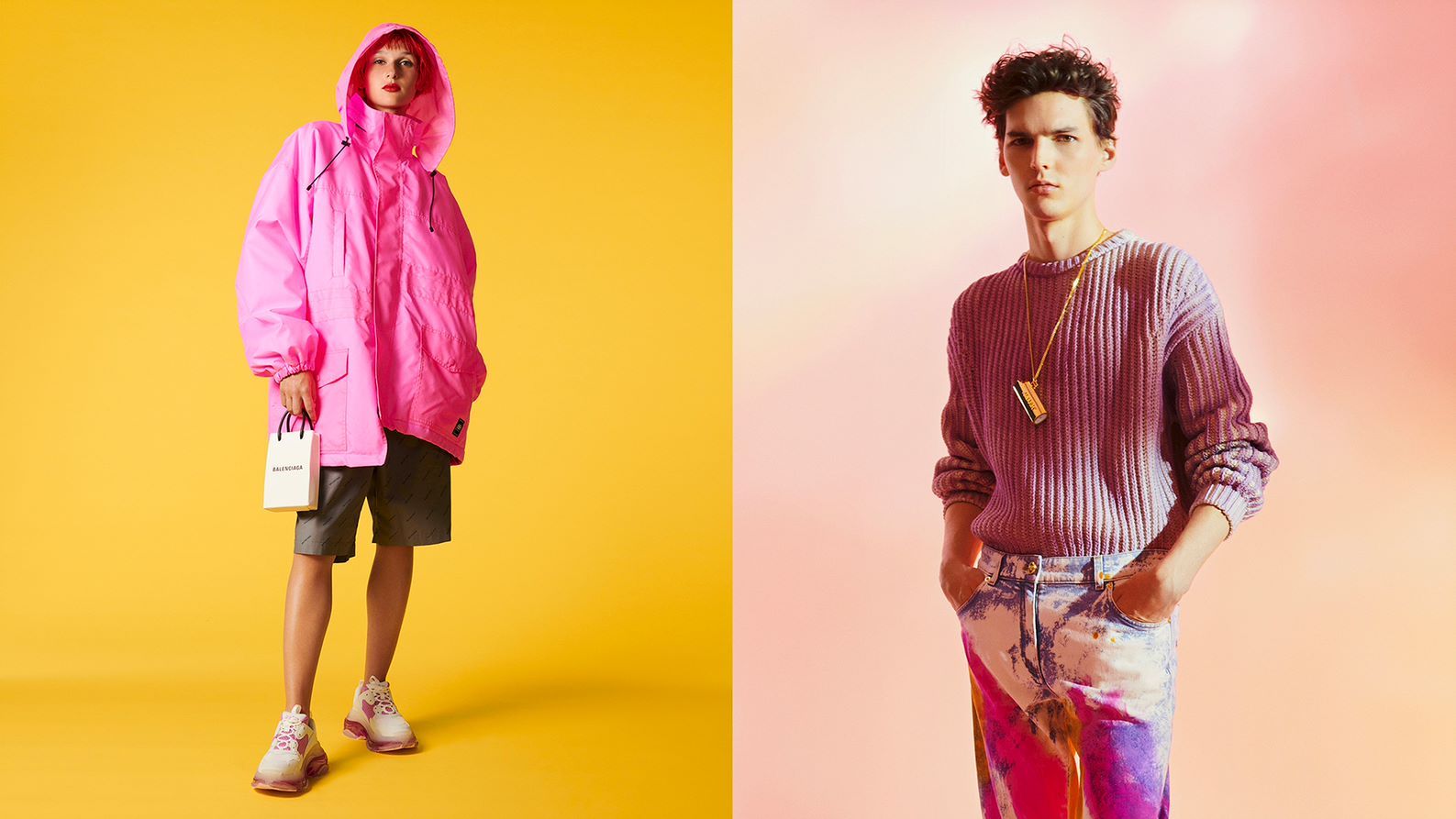
Pink parka Balenciaga, Shorts in cotton poplin printed Balenciaga, Mini bac phone holder in white leather Balenciaga, Sneakers triple S pink and white Balenciaga.
Look on the right:Sweater in knit purple Jacquemus, Jeans printed multicolour Versace, Necklace Lighter Holder Gold Ambush
Alaïa pieces, sold at Tati, enjoyed great success. In Barbès, since 1948, in front of his shop, the Tunisian Jules Ouaki has had bulk clothing bins to rummage through, selling "at rock bottom paragraph fw-bolders." "I wanted Tati to remain Tati and not lose its soul. What thrilled me was to associate my name, the world of Haute Couture, with this brand that was among the cheapest, at the time. (...) I wanted to produce high-quality products for the working, often impoverished clientele, who couldn't afford more fashionable items," explained Azzedine Alaïa at the event launch. For Olivier Saillard, curator of the "Azzedine Alaïa - Une autre pensée sur la mode, la collection Tati" exhibition, organised in 2019 at the Alaïa gallery, we are witnessing "a democratisation of fashion, ahead of its time."
If today luxury fashion is no longer elitist, becoming more accessible and open to the world, this is far from being the case in the past. A private world reserved for a "high culture" elite consumer, based on an extreme hierarchy led by designers "concealed in their ivory towers," fashion has seen its image change radically over time. This has enabled younger generations an entry into a world previously considered unattainable. Once exclusive, luxury fashion is now turning towards inclusiveness, becoming more diverse in its representations, castings and images. More open in its way of communicating, luxury is collaborative, self-assured and far from a top-down "discourse." Today, fashion is everywhere, posted on social media and fulfilling the growing appetite of a global public.
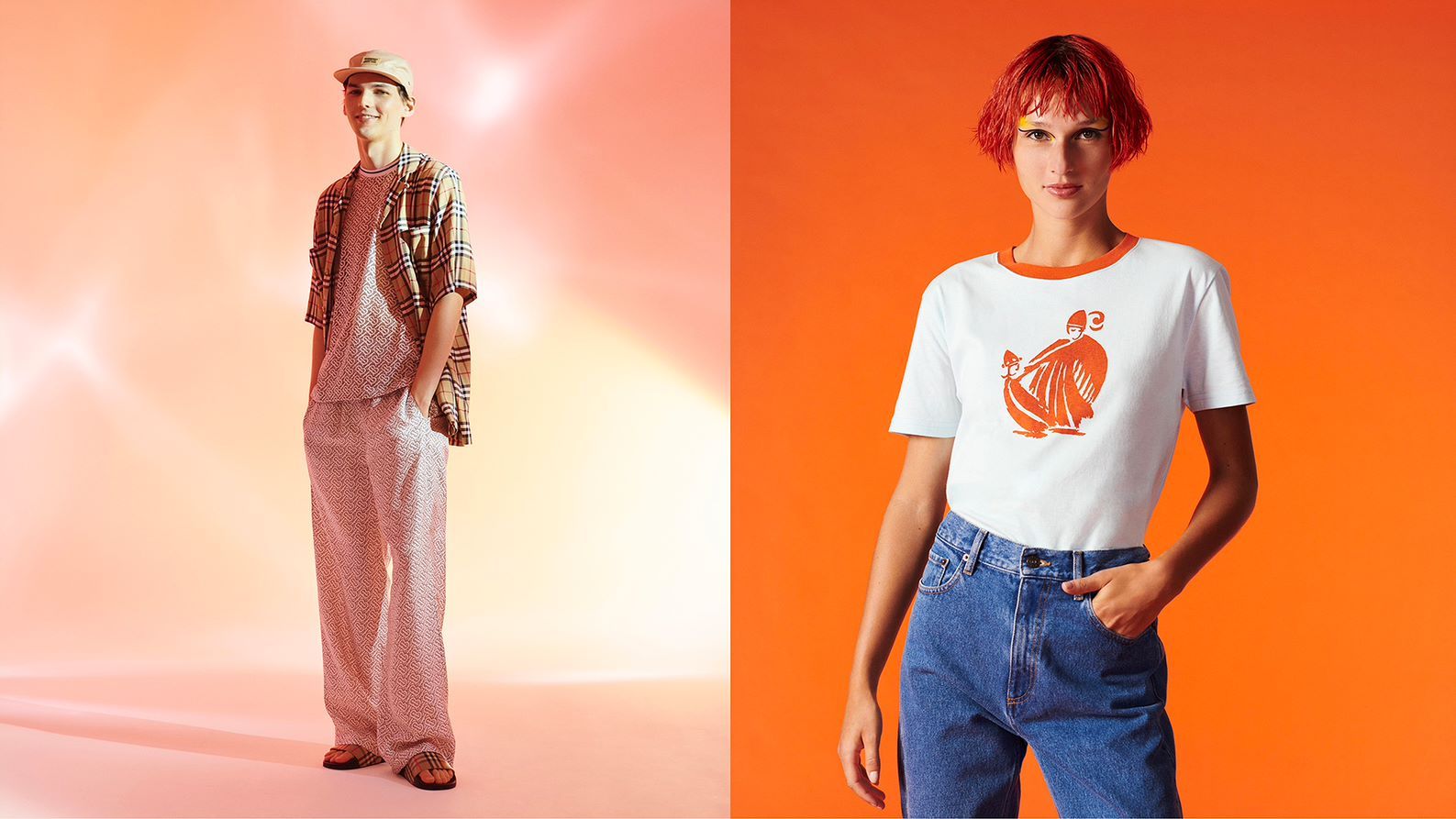
Shirt Burberry, T-shirt monogram in white cotton Burberry, Wide-leg pants monogram white Burberry, Slides Burberry, Cap beige Burberry.
Look on the right:T-shirt printed blue and orange Lanvin, Jeans Y/Project.
Yves Saint Laurent: "Down with the Ritz, long live the street!"
Although the Alaïa x Tati collection symbolically marks the beginning of a new era, we find signs of fashion democratisation, dating from the sixties, when brands began producing ready-to-wear lines, gradually leaving Haute Couture behind. "In the 1960s, we witness a pivotal moment reflected in the language and vocabulary used by designers. There was an increasing number of people saying that they were making "accessible fashion for everyone", confirming that "fashion was taking to the streets," explains Gabrielle Hamilton Smith, a PhD student in Fashion History, quoting Yves Saint Laurent, whose now renowned statement caused a sensation at the time: "I would like to be a bargain boutique and for everyone to wear my dresses." The designer goes on further to chant: "Down with the Ritz, long live the street!". A statement, illustrating the clash of generations at work at the time. "The dean, Cristóbal Balenciaga, thought that everyone was going crazy, claiming that designers were selling themselves out. He retired from the world of fashion in 1968," explains Gabrielle Hamilton Smith. During this period, fashion was in crisis and the Haute Couture economy was collapsing. "Enclosed in their glass towers, fashion designers had lost touch with reality and society. Then, in the 1990s, there was talk of "realist" fashion, especially in photography, with talents such as Corinne Day, Juergen Teller and Davide Sorrenti - a generation that blackened their models' nails to give them a social-realist allure. Nowadays, the idea of "inclusivity" and "diversity" are recurrent themes."
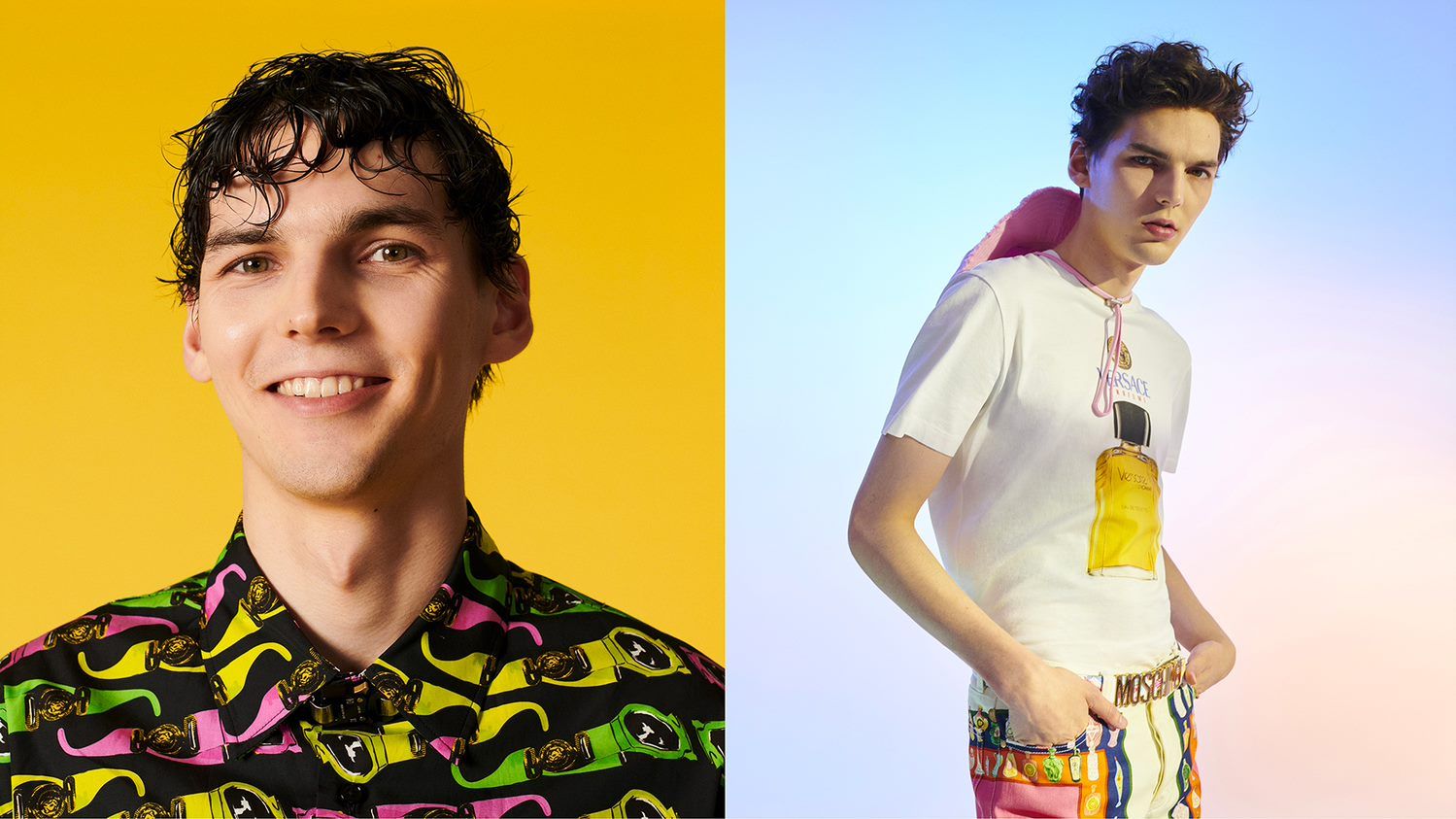
Brands accompany this movement in differing ways: Demna Gvasalia at Balenciaga luxifies workwear and normcore, examining the uniforms of everyday occupations such as security guards and challenging the norms of aesthetics. Burberry, with Riccardo Tisci - has made a significant contribution to changing the lines of luxury at Givenchy by introducing streetwear culture, varying styles, shifting effortlessly from bourgeois aesthetics to sportswear in the same show, aiming to fulfil the aspirations of a wider clientele. Prada has given its now recycled, nylon classics a makeover, reaching out to younger generations.
This inclusivity also involves selecting a number of global celebrities: Versace turns to Jennifer Lopez, Balmain to Kim Kardashian, and Givenchy leans towards Ariana Grande. "These ambassadors have one thing in common. They are constantly changing their appearance and experimenting. They seamlessly shift from ultra-glamorous styles into looks blending sportswear and streetwear. The real challenge for luxury brands today is how to be accessible, be able to communicate with people and cease to be fashion dictators," says Anthony Mathé.
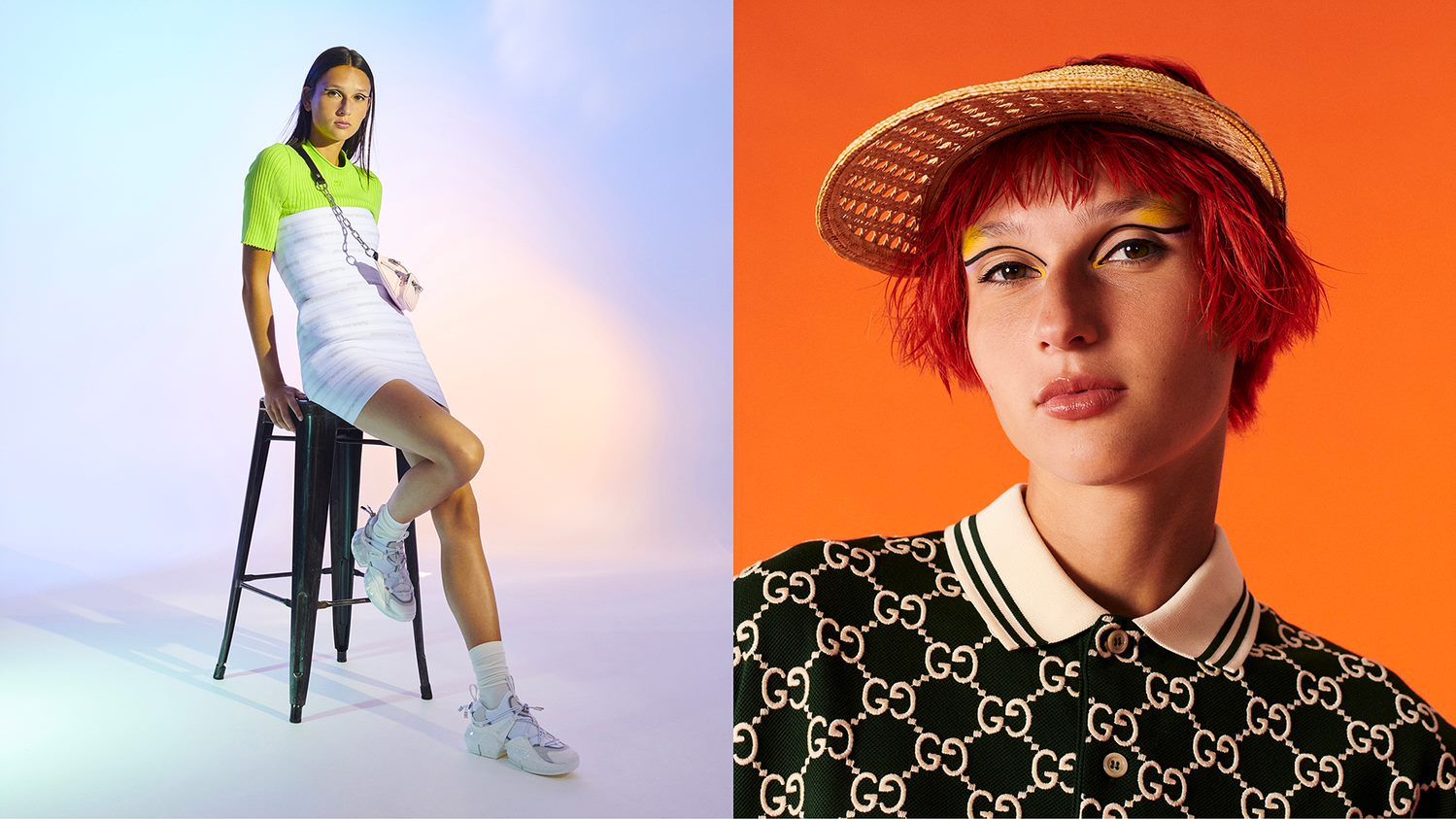
Sweater short sleeves green Courrèges, Dress bandeau elastic Alexander Wang, Belt bag in pink leather Alexander Wang, White socks Sunspel, White sneakers Jimmy Choo.
Look on the right:Visor in straw Gucci, Polo monogram green Gucci
"Inclusiveness is not a trend"
Fashion democratisation also involves investment in popular entertainment platforms such as TikTok (Jacquemus, Balmain and Gucci) or Animal Crossing (Valentino and Marc Jacobs), and is amplified by rappers' obsessions with fashion (such as "Gucci Gang" by Lil Pump and "Versace" by Migos). So much so that the most famous brands and their logos, have now fully embraced pop culture, often displayed as an all-over style.
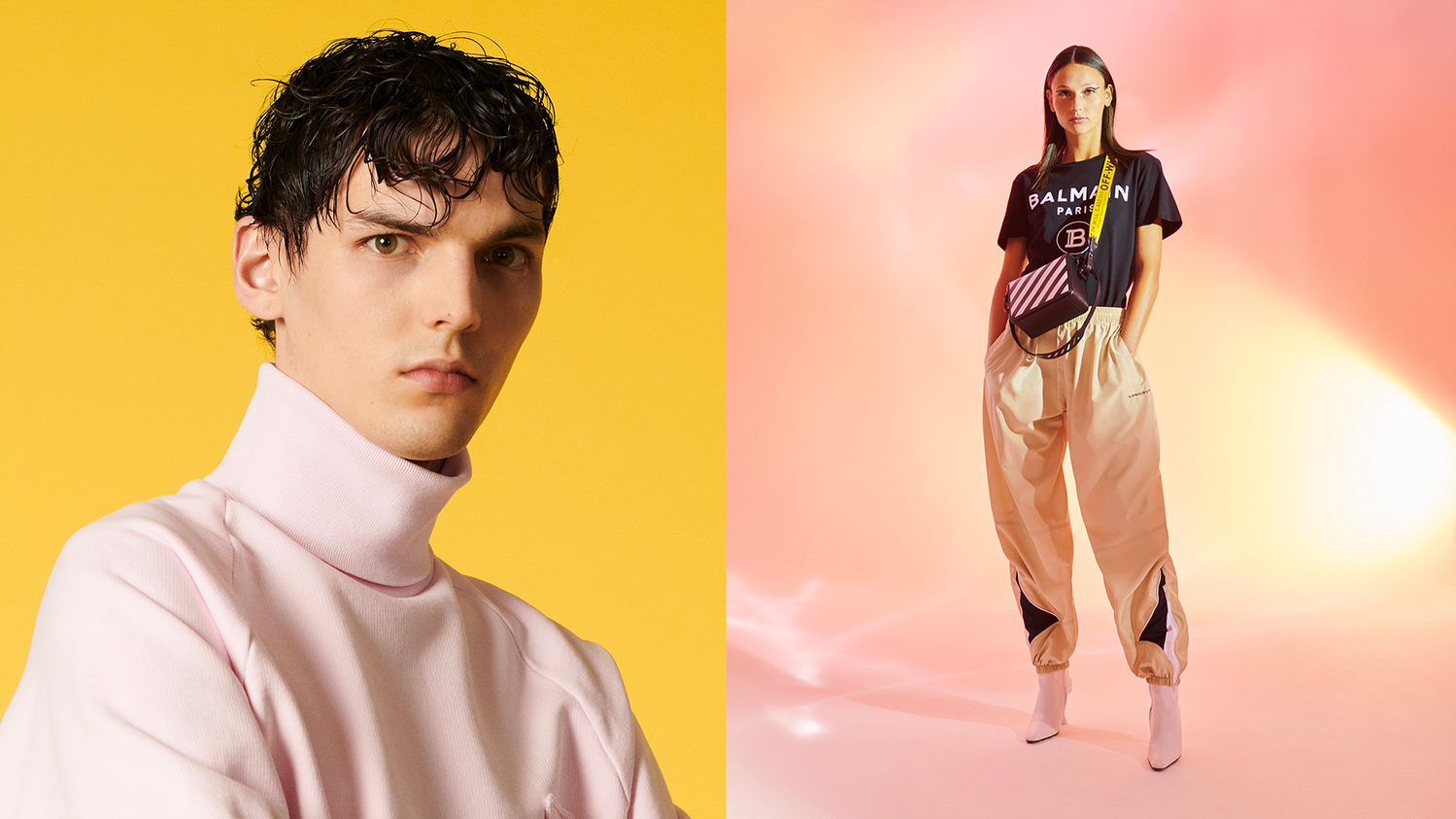
Turtleneck pink Prada.
Look on the right:T-shirt Balmain in black cotton, Jogging pants beige Y/Project, Bag Off White, Boots in white leather Dorateymur.
At the same time, fashion is also opening its doors to castings that are more representative of a global diversity. At Mugler, corsets, bodysuits and figure-hugging dresses are making a comeback with an inclusive reinterpretation, designed for all shapes and sizes. "The traditional corset has been reconstructed to fit like a second skin. Now soft and flexible, it reveals the Mugler studio's technical prowess," highlights the label in a press release. "Inclusiveness is not a trend; the world is diverse. Fashion should reflect and celebrate this," says Casey Cadwallader, Mugler's Creative Director, who uses a variety of models and anonymous people of varying body shapes in his castings. The message is clear: everybody deserves to be seen, represented and supported.